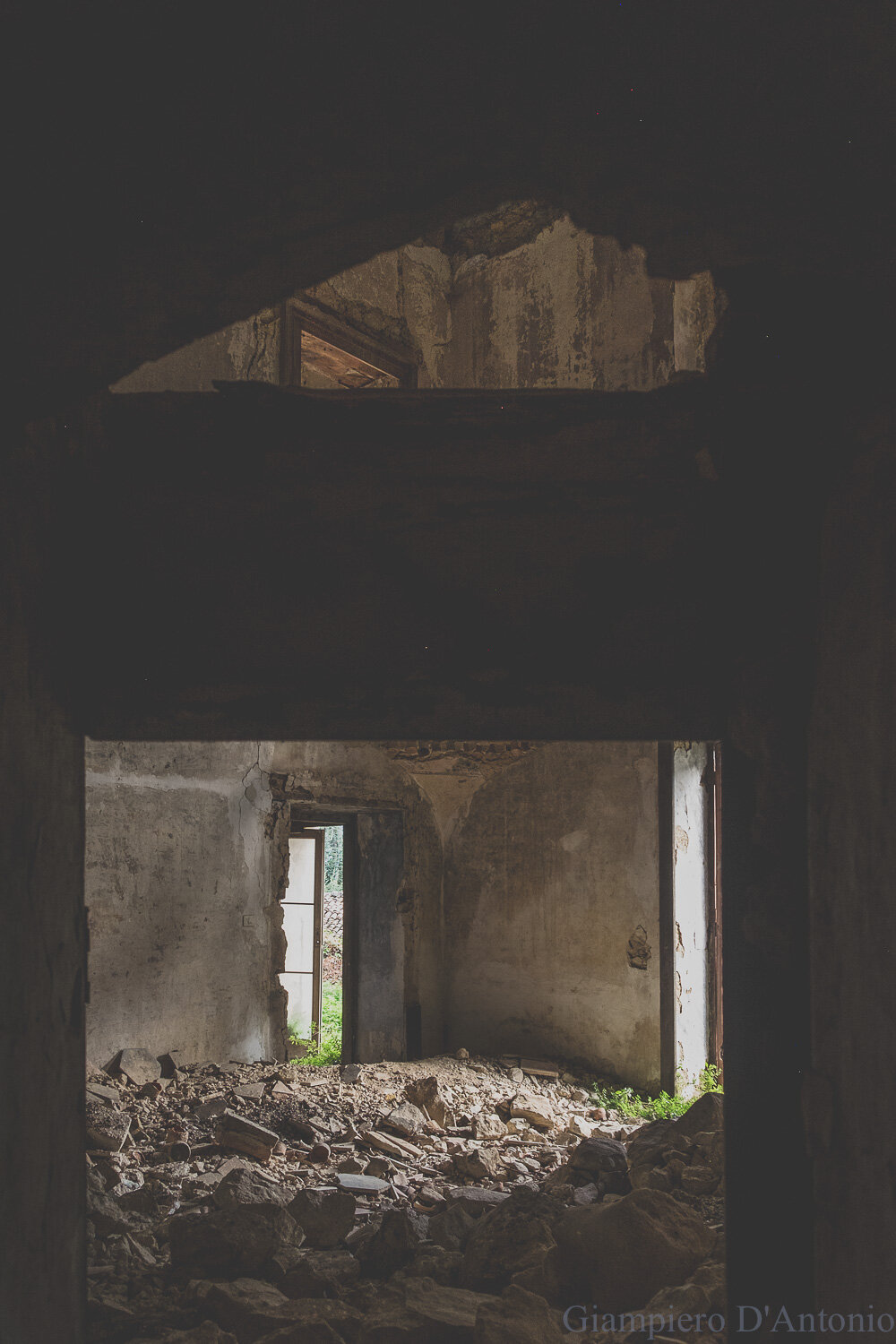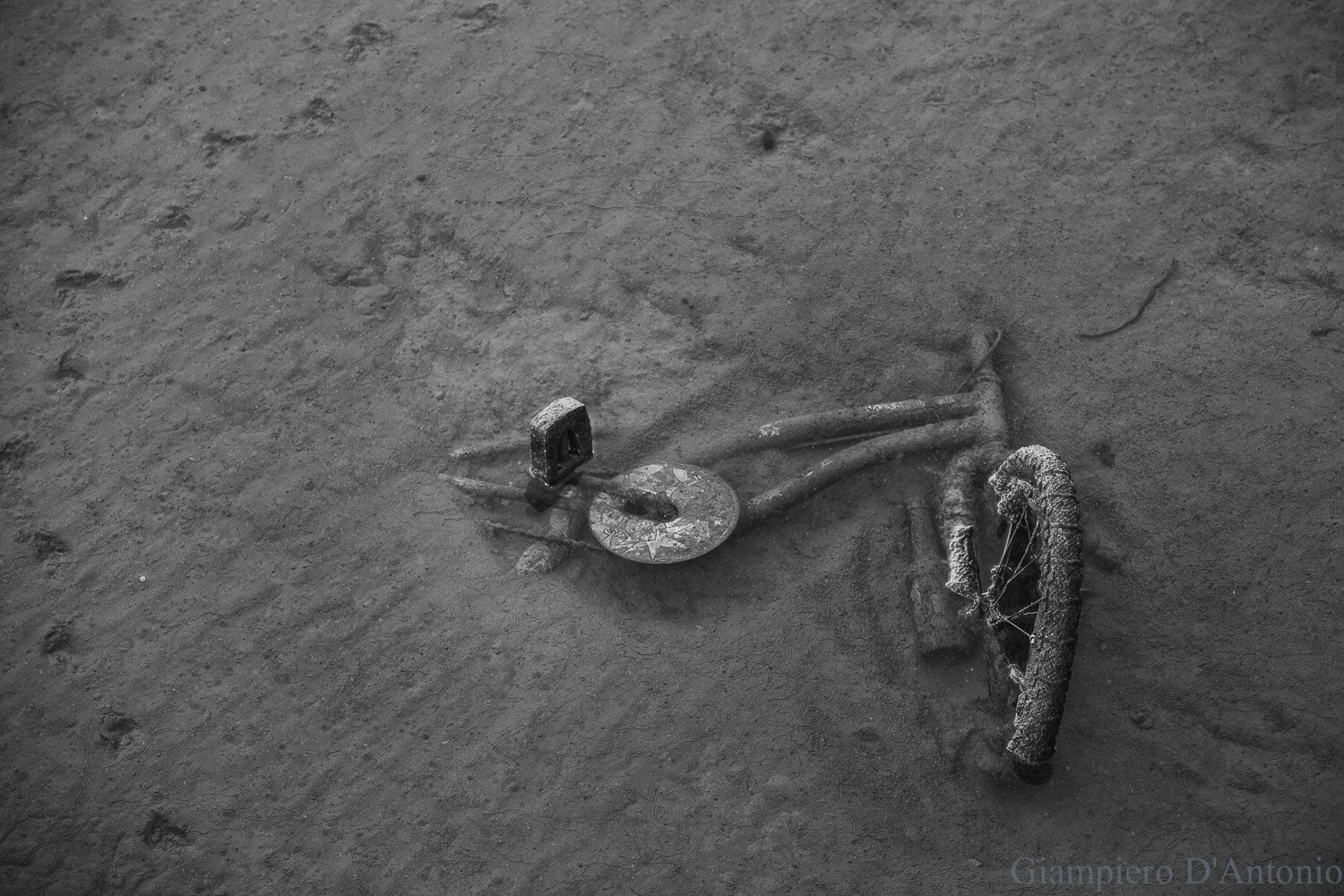Autumn is not a season but a state of mind, the highest magic that nature can express in its circularity, and in this palette of colours, chestnut reigns, the Queen of this territory during the autumn season.
The chestnut is the undisputed symbol of autumn, with its brown color and its scent when roasted and its unmistakable flavour, in short, a real feast for the senses!
At the height of the chestnut season, the entire territory comes alive in the collection of the latest delicacies that the forest grants before the silent winter arrives. When the days are still warmed by the tender autumn sun and the forest is filled with intense colours and scents, immersing yourself in nature is the most relaxing and intoxicating thing that nature can offer us.
In the past, the arrival of autumn brought great excitement in families, throughout the year the undergrowth was kept clean, where there was a chestnut tree, the soil was cleared of weeds and carefully mowed. The wood had to be in place to be able to collect the fallen chestnuts, the harvest began between the end of September and the first week of October and continued until November; it was a job that was done in the family, by hand, collecting them in baskets and wicker baskets.
Each family collected chestnuts in the woods, no one collected those in the property of others, but after the large harvest, the woods were made available to all those who did not have a wood where they could collect them.
The collection was done several times a day, the boys went to collect before going to school and continued on their return; today chestnuts are harvested with the help of nets, especially in modern intensive fruit chestnut groves or even through mechanical harvesting with vacuum cleaners and harvesters but not in this place, where the tradition where the tradition of manual harvesting are still alive despite the difficulties.
Once the daily harvest is finished, the selection process begins, the bad chestnuts are completely discarded while the smaller ones are set aside and sold at lower prices.
Fortunately, after years of suffering, due to poor harvesting, due to a killer-insect, the chestnut gall wasp, the chestnut groves have returned to produce an important quantity of fruit of excellent quality.
However, the problems are certainly not lacking, the depopulation of inland areas, with masses of the population, mostly young people who move to the cities, has taken away labor from the collection, and this leads the older generations to additional efforts or, in alternative, foreign labor.
A legend tells that in a mountain forest where, next to a huge tree full of chestnuts, lived a family of hedgehogs made up of mum, dad and their children. Daily a group of hungry squirrels approached the tree to eat its fruits, but one day, the little family thought about taking a walk in the woods and, hearing many complaints, curiously approached the tree to see what was happening. He noticed that the chestnuts were complaining because those spiteful inhabitants ate them. Together, then, they came up with a nice plan: when the squirrels arrived, the chestnuts would hide inside the hedgehogs. So they did and, since then, the small rodents, stinging each other, never came near the chestnuts and they, to protect themselves, kept their husk.
The chestnut plays an important role in this territory as well as in many hilly and mountain areas of Italy, not only for the production of fruit and wood, but also for the protection of the territory and for the protection of the environmental and hydrogeological structure.
Traveling in an original way, beyond the usual destinations, with a spirit of discovery, allows you to find unexpected surprises: places, stories and flavours of inestimable value.
This little journey that focuses on chestnut is intended as an original, different proposal, an opportunity to get to know territories rich in history, nature and culture.
Getting lost in the beauty of these centuries-old woods makes us feel the sweetness and grandeur of Nature.





























































